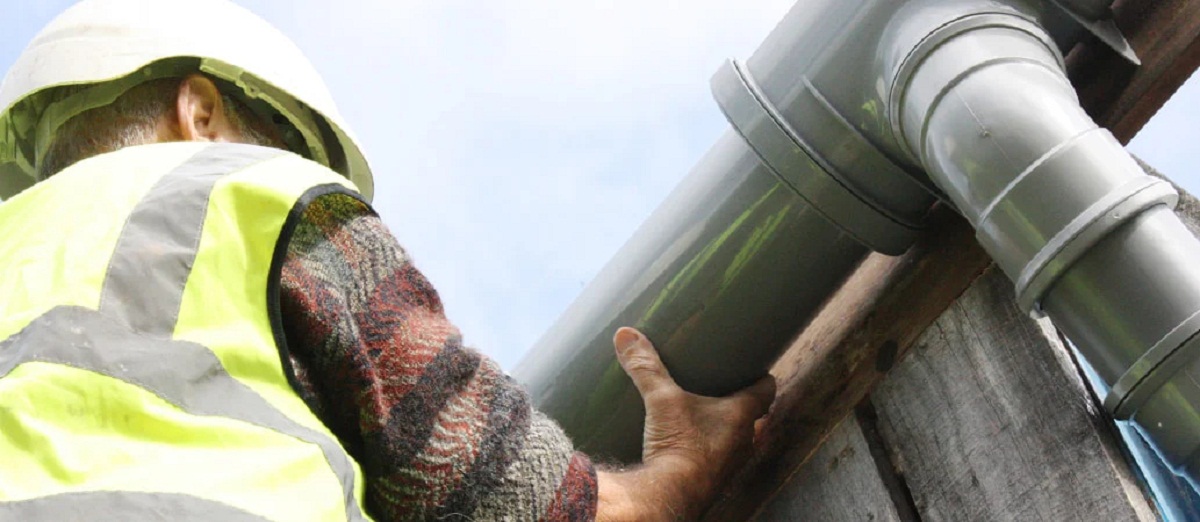

Articles
How To Install PVC Pipe Gutters
Modified: December 7, 2023
Learn how to install PVC pipe gutters with our comprehensive articles. Get step-by-step instructions and expert tips for a successful installation.
(Many of the links in this article redirect to a specific reviewed product. Your purchase of these products through affiliate links helps to generate commission for Storables.com, at no extra cost. Learn more)
Introduction
When it comes to protecting your home from water damage, a gutter system plays a crucial role in channeling rainwater away from the foundation. While there are various types of gutters available, PVC pipe gutters are a popular choice due to their durability, affordability, and ease of installation. In this article, we will guide you through the step-by-step process of installing PVC pipe gutters to help safeguard your home.
Before we dive into the installation process, let’s take a moment to understand why PVC pipe gutters are a great option. PVC (polyvinyl chloride) is a lightweight and corrosion-resistant material that can withstand extreme weather conditions, making it ideal for gutter systems. Additionally, PVC pipes are known for their longevity, meaning they will provide long-lasting protection for your home while requiring minimal maintenance.
Installing PVC pipe gutters can be a rewarding DIY project that can save you money on professional installation fees. However, it’s crucial to approach the task with proper planning, measurements, and the right tools. By following the steps outlined in this guide, you’ll be well on your way to having a functional gutter system that protects your home from water damage.
Before we get started, let’s take a look at the materials you’ll need for this project.
Key Takeaways:
- Protect your home with PVC pipe gutters, known for durability and easy installation. Follow our guide for a DIY project that saves money and safeguards your home from water damage.
- Prioritize safety, proper planning, and regular maintenance when installing PVC pipe gutters. Enjoy the benefits of efficient water drainage and a well-protected foundation for years to come.
Read more: How To Store PVC Pipe
Materials Needed
Before you begin installing PVC pipe gutters, it’s important to gather all the necessary materials and tools. Having everything on hand will help streamline the installation process and ensure you have everything you need as you progress through the steps. Here is a list of materials you’ll need:
- PVC gutter sections
- Gutter hangers or brackets
- Gutter end caps
- Gutter outlets
- Gutter connectors
- Gutter downspouts
- Gutter elbows
- Gutter screws or nails
- Gutter sealant or PVC cement
- Gutter flashing
- Gutter guards (optional)
- Measuring tape
- Hacksaw or PVC pipe cutter
- Screwdriver or drill
- Pencil or marker
- Ladder
- Gloves
- Safety glasses
These materials will provide you with the foundation to effectively install PVC pipe gutters. It’s important to ensure that you have all the specified items before starting the installation process to avoid unnecessary delays.
Now that you have gathered all the necessary materials, let’s move on to the first step: planning and measurements.
Step 1: Planning and Measurements
Before you start installing PVC pipe gutters, it’s crucial to plan and measure the areas where the gutters will be installed. This step is fundamental to ensure that your gutter system functions effectively and efficiently.
Begin by examining your home’s roofline and determining the areas where the gutters will be placed. Look for the highest points on the roof where water naturally flows down. These are the ideal locations for your gutter downspouts.
Once you have identified the areas for gutter installation, carefully measure the lengths and angles of your rooflines. This step will help you determine the amount of PVC gutter sections and connectors you’ll need. Measure the width and depth of the fascia to determine the appropriate size of gutter hangers or brackets.
Consider the water runoff capacity needed for your home. The size of your gutters will depend on the area of your roof and the average rainfall in your region. This information can be obtained from local building codes or by consulting with professionals in your area.
It’s important to keep in mind any obstacles or obstructions that might affect the installation process, such as vents, chimneys, or windows. Take note of these and plan accordingly to ensure a seamless installation.
Once you have completed the planning and measurements, you’re ready to move on to the next step: gathering the necessary tools.
Step 2: Gathering Necessary Tools
Now that you have completed the planning and measurements for your PVC pipe gutter installation, it’s time to gather the necessary tools. Having the right tools on hand will make the installation process more efficient and help ensure a professional-looking result.
Here are the tools you’ll need:
- Measuring tape: Used to accurately measure the lengths and angles of your rooflines.
- Hacksaw or PVC pipe cutter: Essential for cutting the PVC gutter sections to the required lengths.
- Screwdriver or drill: Used to secure the gutter hangers or brackets to the fascia.
- Pencil or marker: Used for marking measurements and making guide lines on the PVC pipes.
- Ladder: Necessary for accessing the roof and installing the gutters at appropriate heights.
- Gloves: Protect your hands while handling the PVC pipes and other materials.
- Safety glasses: Ensure eye protection when cutting or drilling PVC pipes.
Make sure your tools are in good working condition before you begin the installation process. This will help you carry out the tasks smoothly and efficiently.
With your tools assembled, you’re now ready to move on to the next step: cutting the PVC pipes.
Step 3: Cutting PVC Pipes
With the necessary measurements in hand and the tools gathered, it’s time to cut the PVC pipes to the appropriate lengths for your gutter system. Precise cutting is important to ensure a proper fit and functionality of your PVC pipe gutters.
Here are the steps to cut PVC pipes:
- Measure the desired length of the gutter section using a measuring tape. Mark the measurement on the PVC pipe using a pencil or marker.
- Secure the PVC pipe in a vise or clamp to keep it stable during the cutting process. This will ensure a straight and accurate cut.
- Using a hacksaw or PVC pipe cutter, carefully cut through the PVC pipe along the marked line. Apply consistent pressure and use smooth strokes to ensure a clean and even cut.
- Once the first section is cut, repeat the process for the remaining gutter sections.
It’s important to note that safety precautions should be taken when cutting PVC pipes. Wear safety glasses to protect your eyes from any debris or small particles that may be generated during the cutting process. Additionally, work in a well-ventilated area to avoid inhaling any fumes from the PVC.
With the PVC pipes cut to the appropriate lengths, you can move on to the next step: assembling the gutter sections.
When installing PVC pipe gutters, make sure to properly measure and cut the pipes to fit the dimensions of your roof. Use PVC cement to securely join the pieces together, and ensure that the gutters have a slight slope for proper drainage.
Read more: How To Cut Plumbing PVC Pipe
Step 4: Assembling the Gutter Sections
Now that you have your PVC pipes cut to the required lengths, it’s time to assemble the gutter sections. This step is crucial in creating a seamless and functional gutter system.
Follow these steps to assemble the gutter sections:
- Start by attaching the gutter outlets to the end of each gutter section. These outlets serve as the connection point for the downspouts.
- Apply a thin layer of gutter sealant or PVC cement to the inside of the gutter outlet.
- Insert the end of the gutter section into the outlet and press firmly to create a secure connection.
- Continue connecting the remaining gutter sections using the same process. Apply sealant or cement at each joint to ensure a watertight connection.
- If your gutter system requires corners or turns, use gutter elbows to create proper angles. Attach the elbows to the gutter sections using sealant or cement.
- Ensure that each gutter section is securely connected and aligned to allow proper water flow.
Take your time during this step to ensure that each connection is properly sealed and aligned. This will prevent leaks and ensure that your gutter system functions effectively.
Once you have assembled all the gutter sections and made any necessary turns or corners, you can proceed to the next step: attaching the gutters to the roof.
Step 5: Attaching the Gutters to the Roof
With the PVC gutter sections assembled, it’s time to securely attach them to the roof. Proper attachment is essential to ensure the stability and functionality of your gutter system.
Follow these steps to attach the gutters to the roof:
- Position the gutter hangers or brackets along the fascia at regular intervals. These hangers will provide support and hold the gutter sections in place.
- Using a screwdriver or drill, secure the hangers or brackets to the fascia. Make sure to use appropriate screws or nails that are suitable for your specific fascia type. The spacing between the hangers should be in accordance with the manufacturer’s guidelines.
- Place the PVC gutter sections onto the hangers or brackets, making sure they are properly aligned and seated securely.
- Attach the gutter sections to the hangers or brackets using screws or nails. Ensure that each section is securely fastened to prevent any sagging or movement.
- For additional stability and protection against leaks, apply a bead of gutter sealant along the seams where the gutter sections meet the hangers or brackets.
During this step, it’s important to take caution when working at heights. Make sure to use a stable ladder and wear appropriate safety gear, such as gloves and safety glasses, to protect yourself.
Once the gutters are securely attached to the roof, it’s time to move on to the next step: installing downspouts.
Step 6: Installing Downspouts
Now that your gutters are securely attached to the roof, it’s time to install the downspouts. Downspouts play a critical role in directing water from the gutters to a suitable drainage location, away from your home’s foundation.
Follow these steps to install the downspouts:
- Measure the length required for the downspouts by determining the distance from the bottom of the gutter to the desired drainage location.
- Cut the downspout pieces to the appropriate length using a hacksaw or PVC pipe cutter. Ensure that the sections are cut accurately to the measurements.
- Attach the downspout outlet to the bottom of the gutter using screws or nails. Make sure it is securely fastened and aligned with the downspout pieces.
- Securely connect the downspout pieces together using sealant or PVC cement. Apply a thin layer to the inside of each joint and press the pieces together firmly.
- Position the assembled downspout along the side of the house, ensuring that it has a slight slope to allow water to flow freely.
- Attach the downspout to the wall using brackets or straps. Secure the brackets or straps to the wall using appropriate screws or nails.
- Ensure that the downspout is securely fastened and angled towards the drainage location. Test it by pouring water into the gutter and observing the water flow.
Take care in aligning the downspouts properly and ensuring a secure connection. This will prevent any potential leaks or water blockages.
With the downspouts installed, you’re almost done. The next step will cover testing and maintenance of your PVC pipe gutter system.
Step 7: Testing and Maintenance
Now that you have completed the installation of your PVC pipe gutter system, it’s important to test its functionality and establish a regular maintenance routine. Testing and maintenance will help ensure that your gutters continue to work efficiently and protect your home from water damage.
Follow these steps to test and maintain your PVC pipe gutter system:
- Check for leaks: After installing the gutters and downspouts, inspect them for any signs of leaks. Make sure that all connections are secure and sealed properly. If you notice any leaks, apply additional sealant or PVC cement to the affected areas.
- Monitor water flow: During rainfall, observe the water flow through the gutters and downspouts. Ensure that water is being effectively channeled away from your home’s foundation and there are no blockages or overflows. If you notice any issues, clean out any debris or obstructions in the gutters and downspouts.
- Clean the gutters: Regularly clean out the gutters to prevent debris buildup. Leaves, twigs, and other debris can clog the gutters and hinder water flow. Use a gutter scoop or a gloved hand to remove debris and rinse the gutters with water afterwards.
- Inspect for damages: Periodically inspect the gutters for any damages, such as cracks, sagging, or loose connections. Address these issues promptly to prevent further damage and ensure the longevity of your gutter system. Replace any damaged sections or parts as needed.
- Trim overhanging branches: Trim any tree branches that are hanging over the roof and gutters. This will help prevent leaves and other debris from falling into the gutters, reducing the risk of clogs.
- Seasonal maintenance: Depending on your location and climate, consider seasonal maintenance tasks. For example, in colder climates, ensure that the gutters are clear of ice and snow to avoid ice dams forming.
By regularly testing and maintaining your PVC pipe gutter system, you can prolong its lifespan and ensure that it continues to protect your home effectively.
With these maintenance steps in mind, you have successfully installed and tested your PVC pipe gutter system. Congratulations!
Final Thoughts:
Installing PVC pipe gutters can be a rewarding DIY project that not only adds value to your home but also provides crucial protection against water damage. By following the steps outlined in this guide and maintaining your gutter system, you can enjoy the benefits of efficient water drainage and a well-protected foundation.
Remember to prioritize safety throughout the installation process, and always consult with local building codes and guidelines to ensure compliance. If you’re unsure about any aspect of the installation, it’s advisable to seek professional assistance to ensure a successful outcome.
By taking the time to plan, measure, and follow the installation steps carefully, you can confidently install PVC pipe gutters and enjoy a functional gutter system that safeguards your home for years to come.
So, go ahead and get started on your PVC pipe gutter installation project and protect your home from water damage!
Read more: How To Repair PVC Plumbing Pipe
Conclusion
Installing PVC pipe gutters is a practical and cost-effective way to protect your home from water damage. With their durability, affordability, and ease of installation, PVC pipe gutters offer a reliable solution for channeling rainwater away from your home’s foundation.
In this article, we have provided a comprehensive guide on how to install PVC pipe gutters. From planning and measurements to assembling the gutter sections, attaching them to the roof, installing downspouts, and performing regular maintenance, each step is essential in creating a functional and efficient gutter system.
Throughout the installation process, it’s important to prioritize safety. Use the proper tools and equipment, wear protective gear, and exercise caution when working at heights. Additionally, adhere to local building codes and guidelines to ensure compliance and a successful installation.
Regular maintenance is key to keeping your PVC pipe gutter system in optimal working condition. Test for leaks, monitor water flow, clean the gutters, inspect for damages, and perform seasonal maintenance tasks to ensure its longevity and effectiveness.
By following the steps outlined in this guide and maintaining your PVC pipe gutters, you can enjoy the peace of mind knowing that your home is protected from water damage and its associated risks.
So, take the initiative to install PVC pipe gutters and safeguard your home. Not only will you enhance its overall value, but you’ll also have the satisfaction of completing a DIY project that offers long-term benefits and protection.
Remember, if you’re unsure about any aspect of the installation process, it’s always advisable to seek professional assistance. With proper planning, measurements, and attention to detail, you can successfully install PVC pipe gutters and enjoy a reliable gutter system for years to come.
Don’t delay – start your PVC pipe gutter installation project today and protect your home from the damaging effects of water!
Frequently Asked Questions about How To Install PVC Pipe Gutters
Was this page helpful?
At Storables.com, we guarantee accurate and reliable information. Our content, validated by Expert Board Contributors, is crafted following stringent Editorial Policies. We're committed to providing you with well-researched, expert-backed insights for all your informational needs.
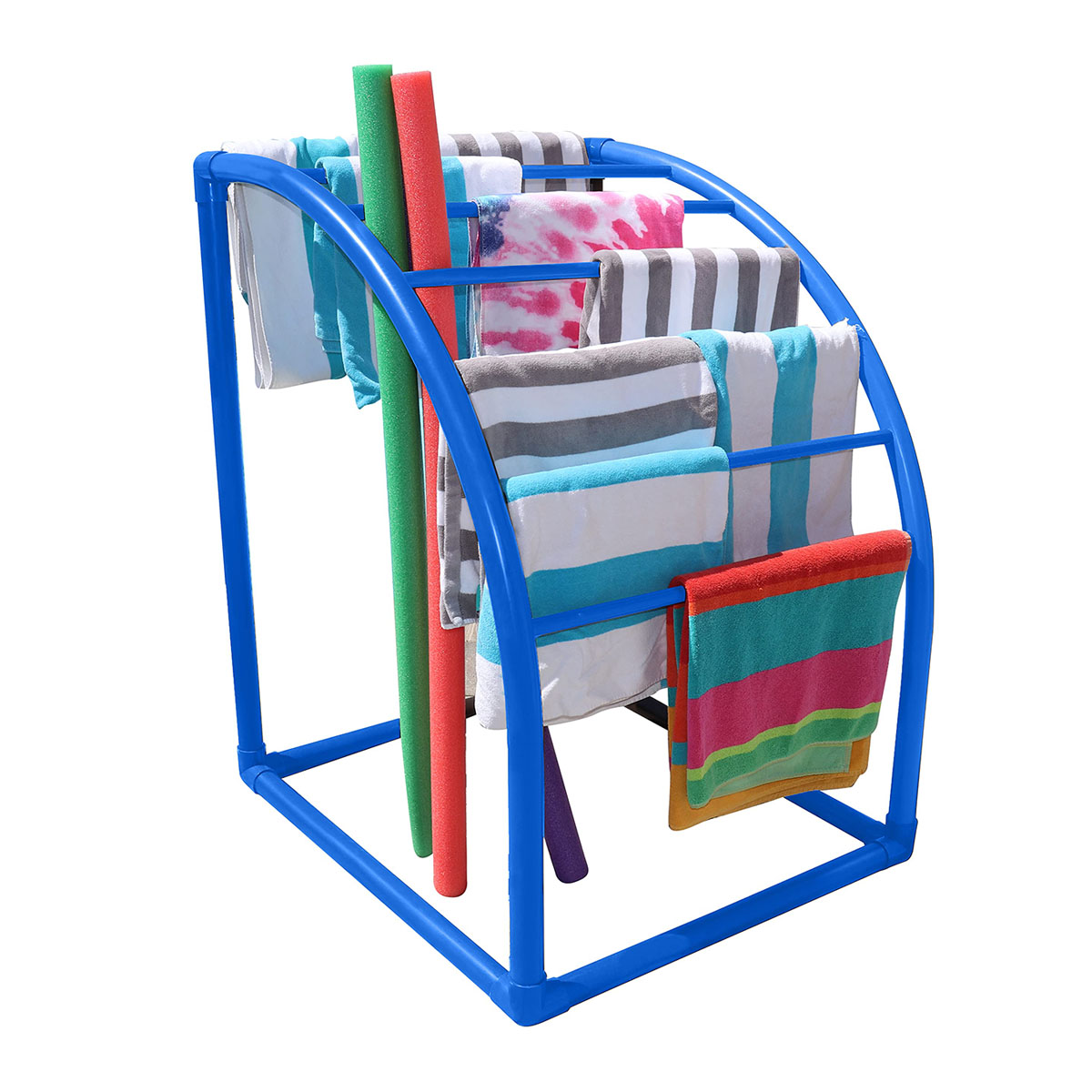
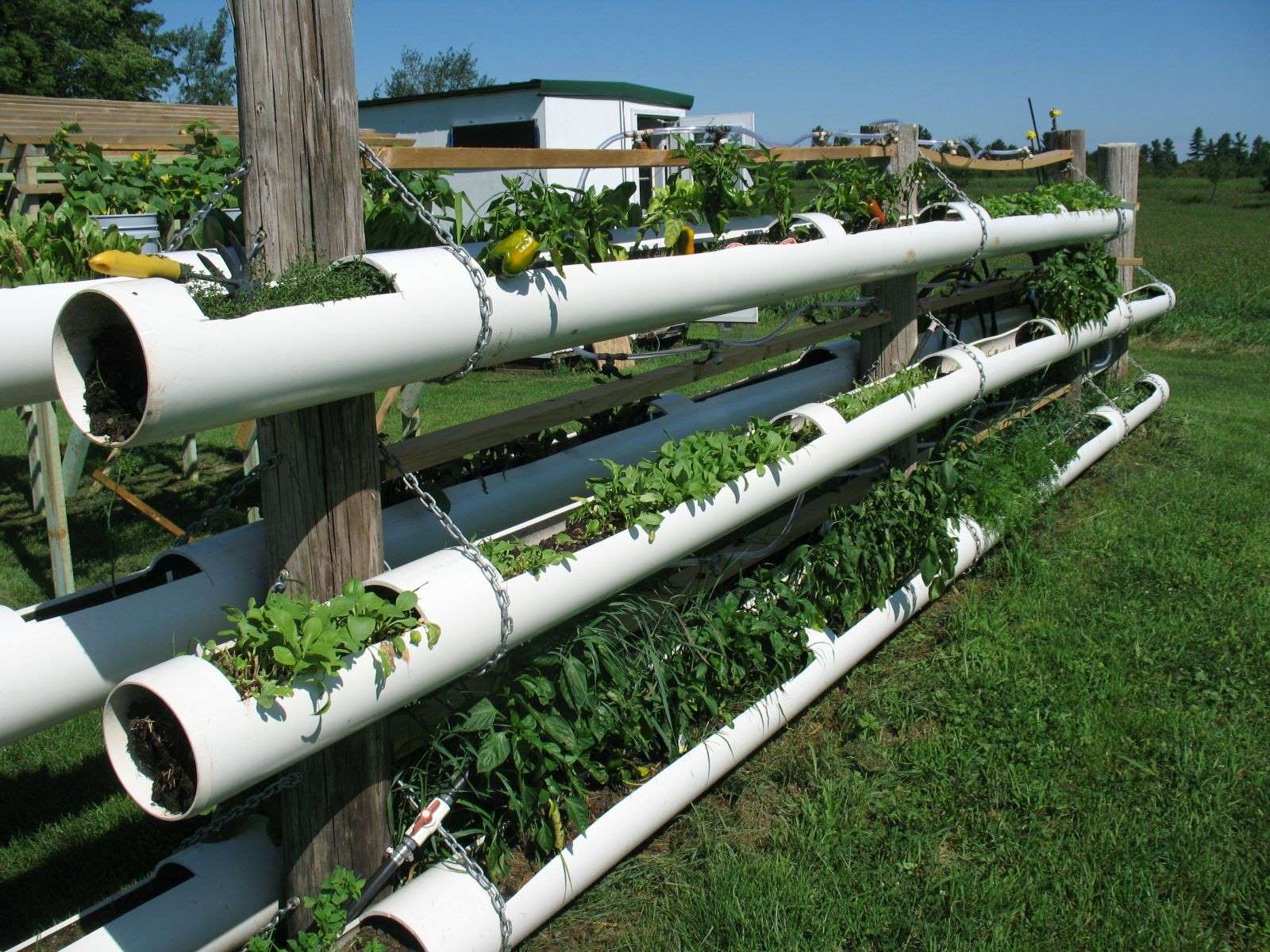
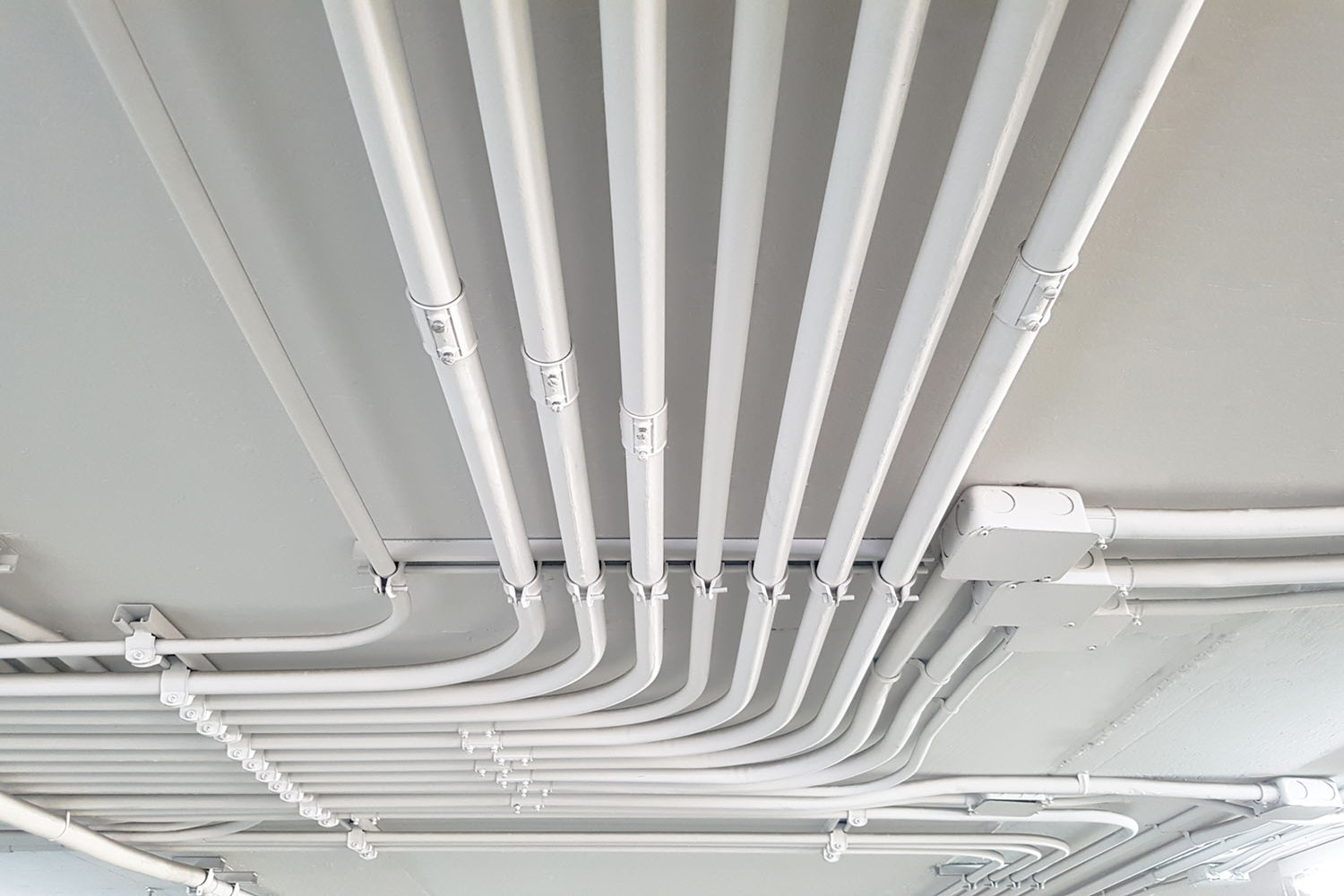
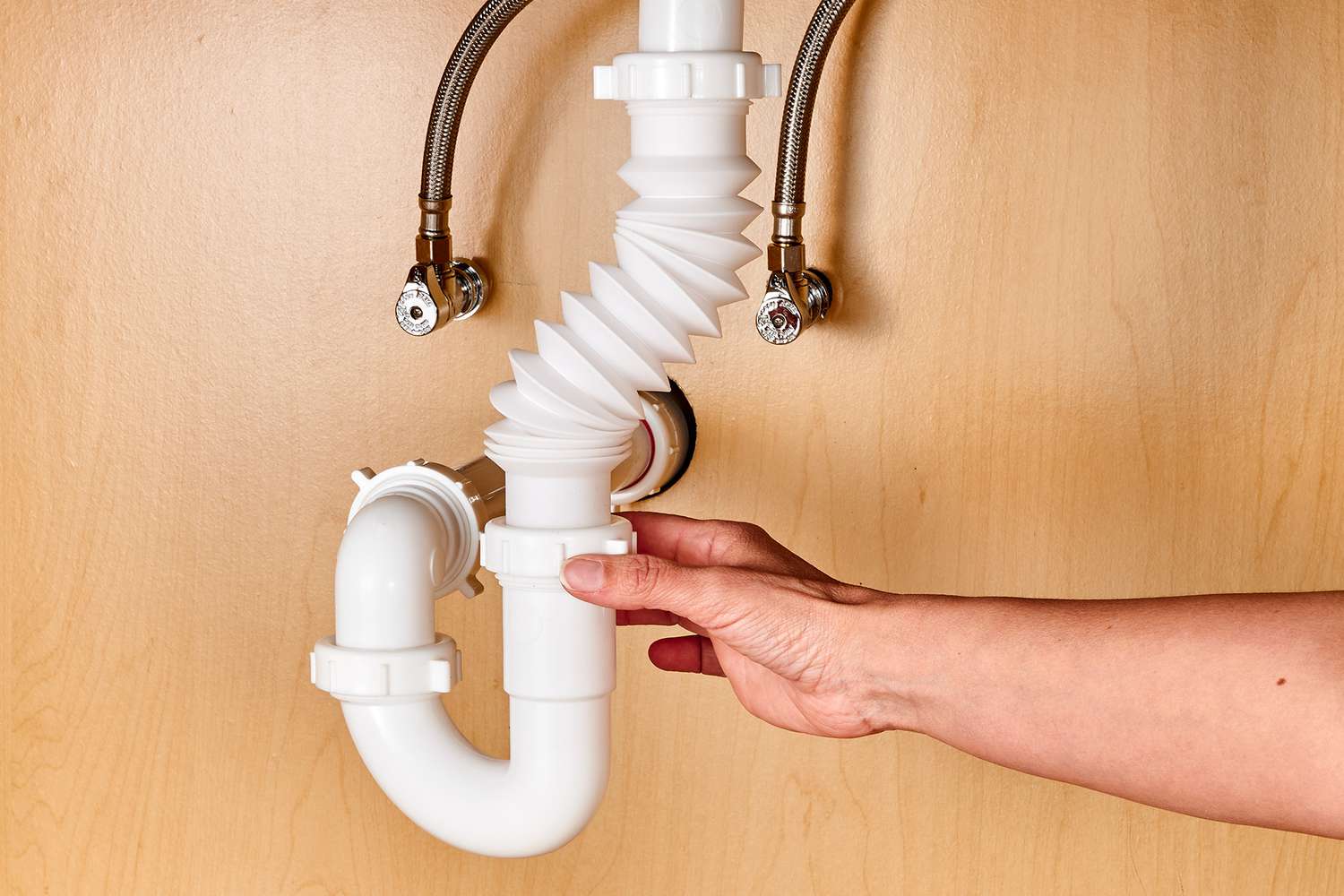
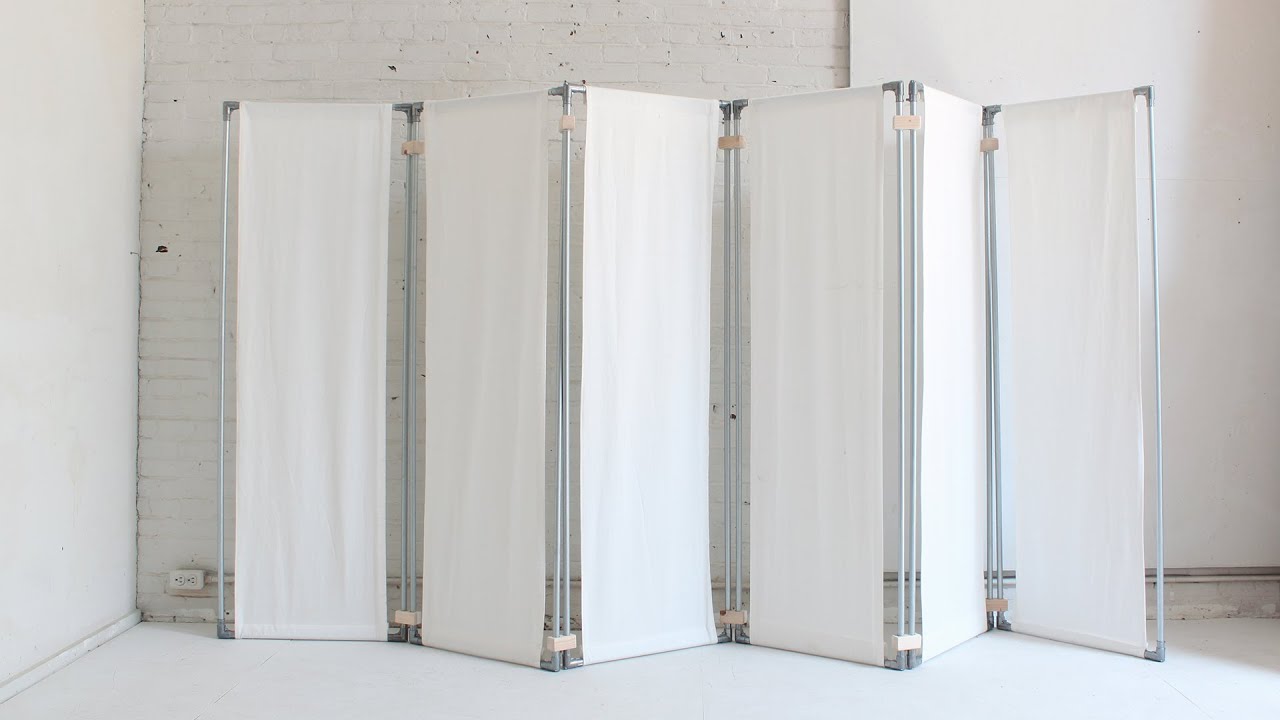
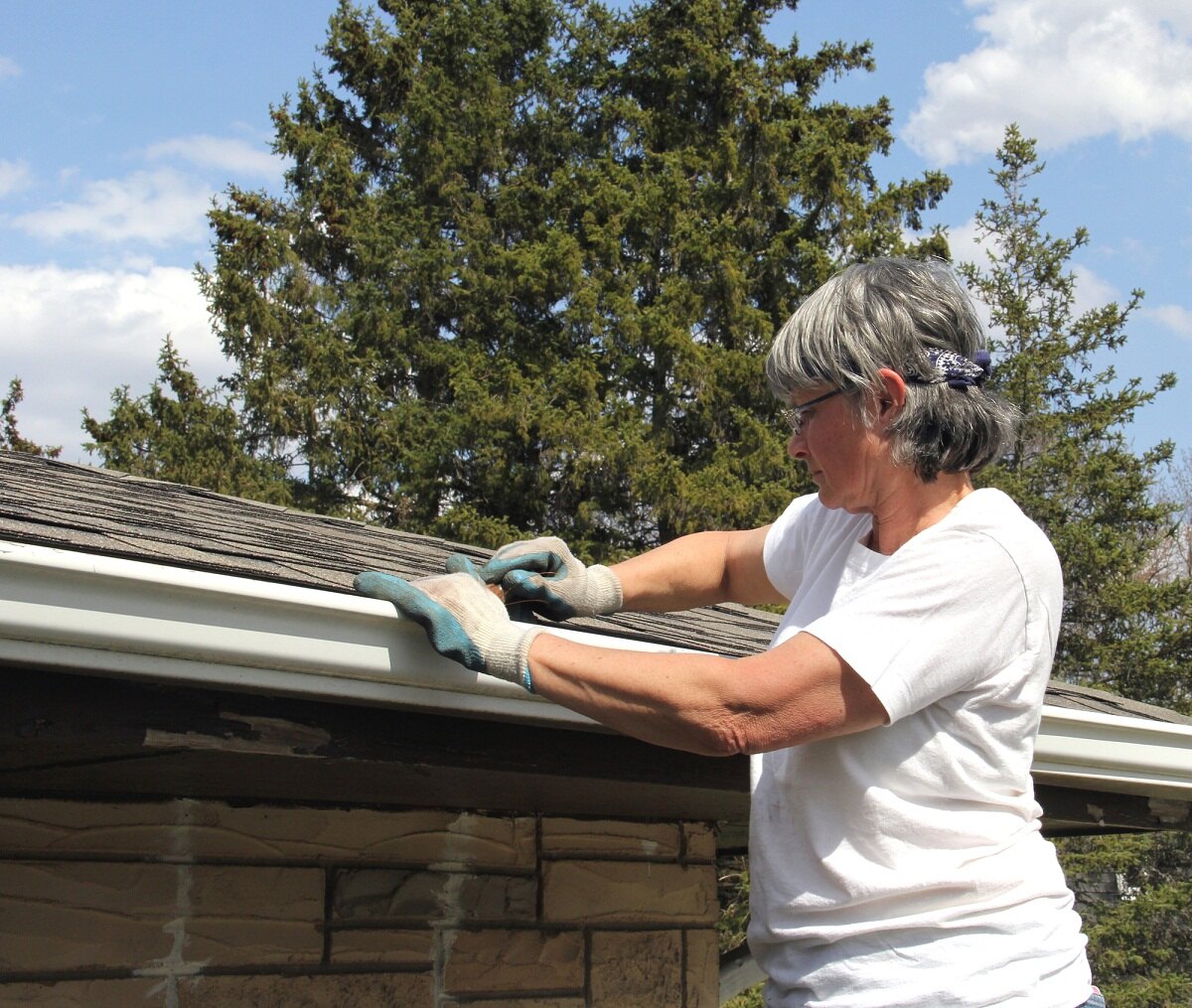
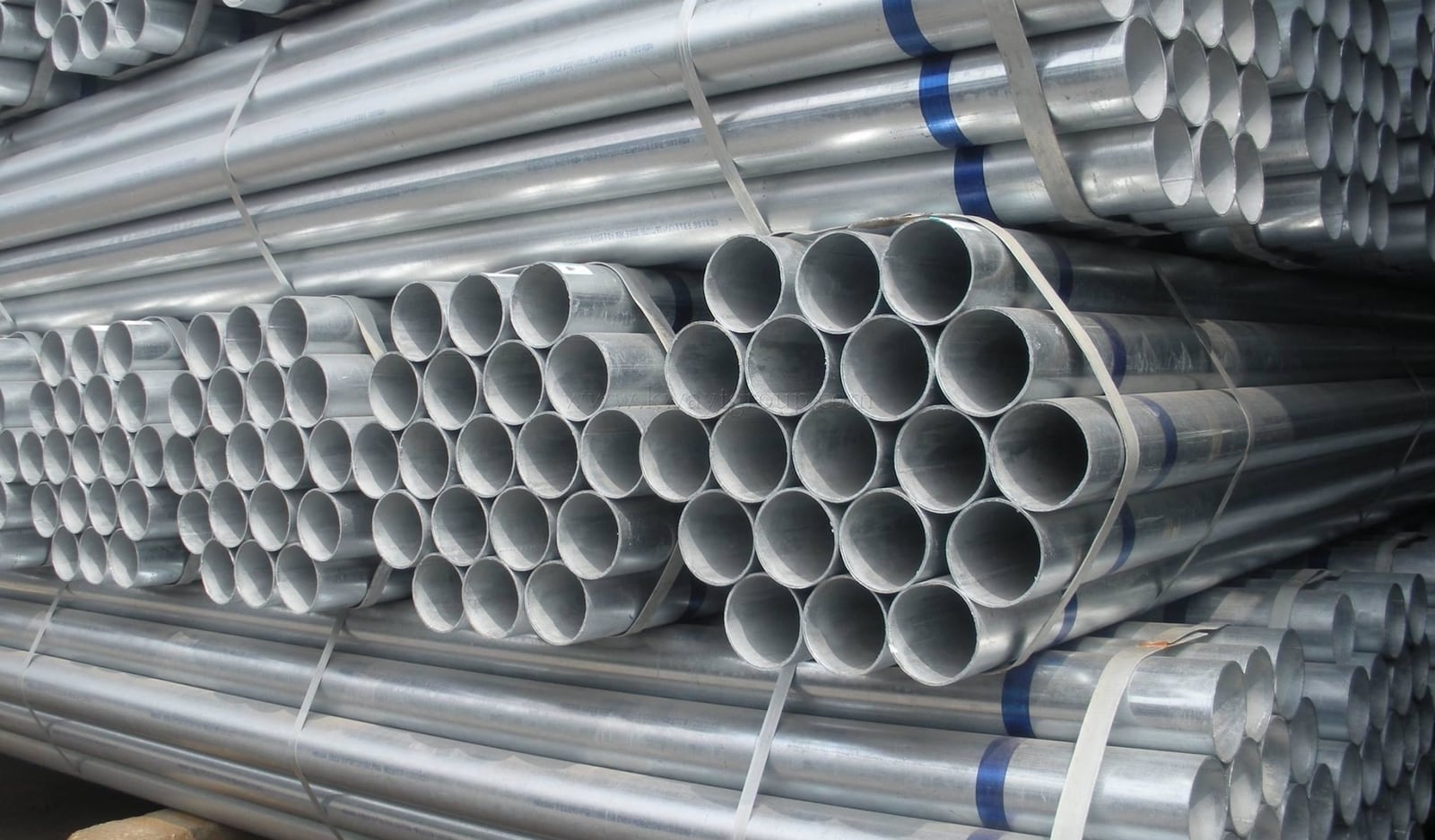

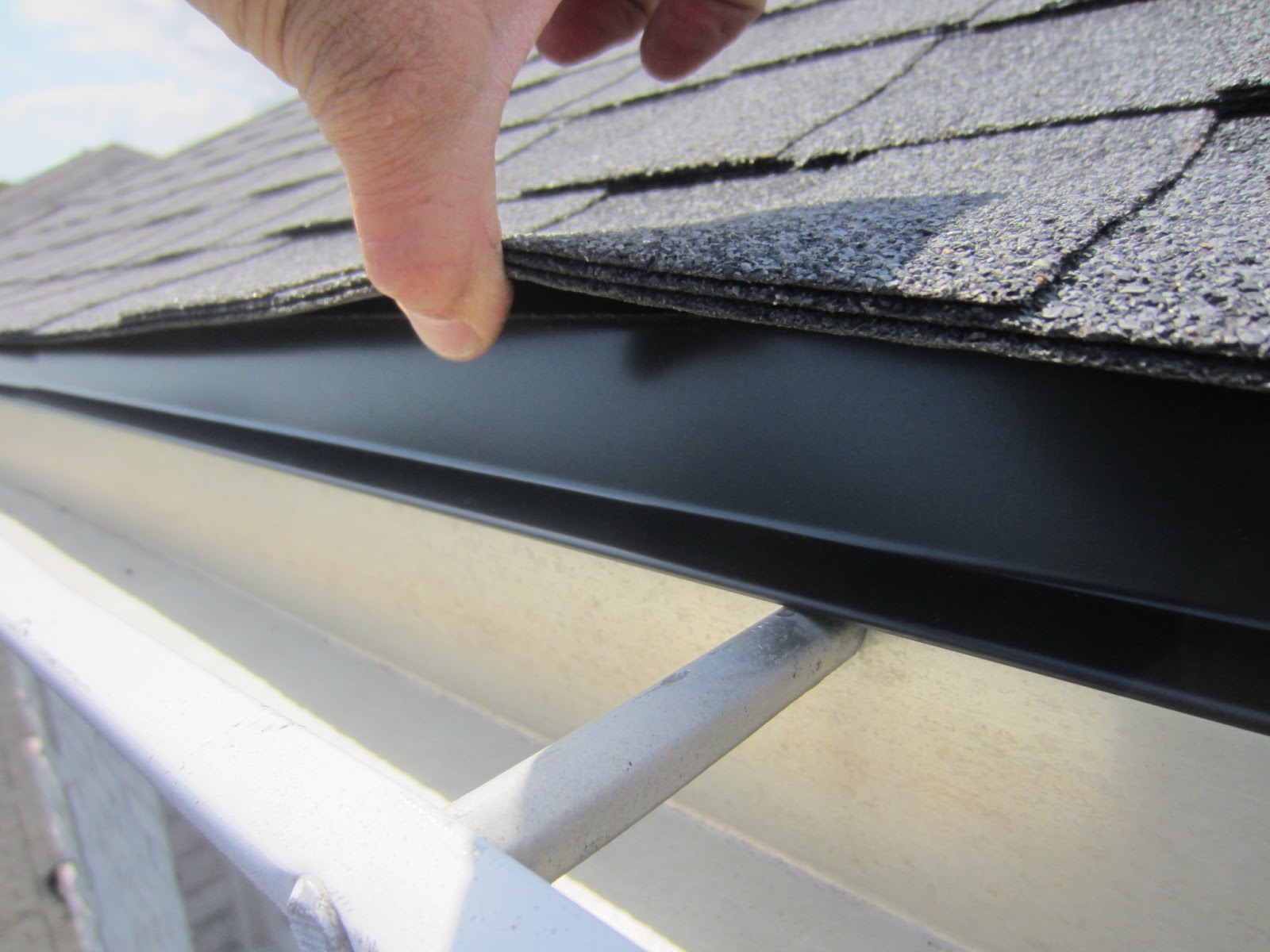
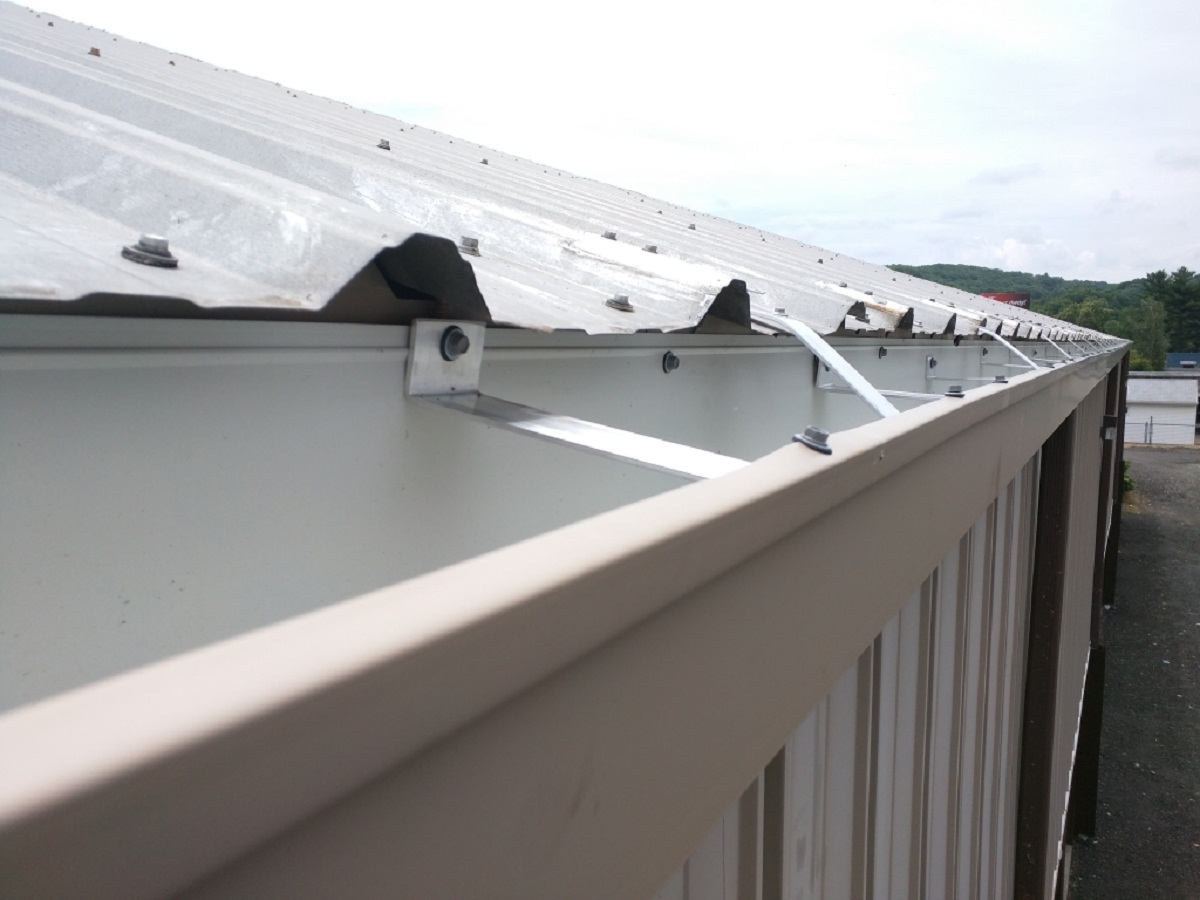
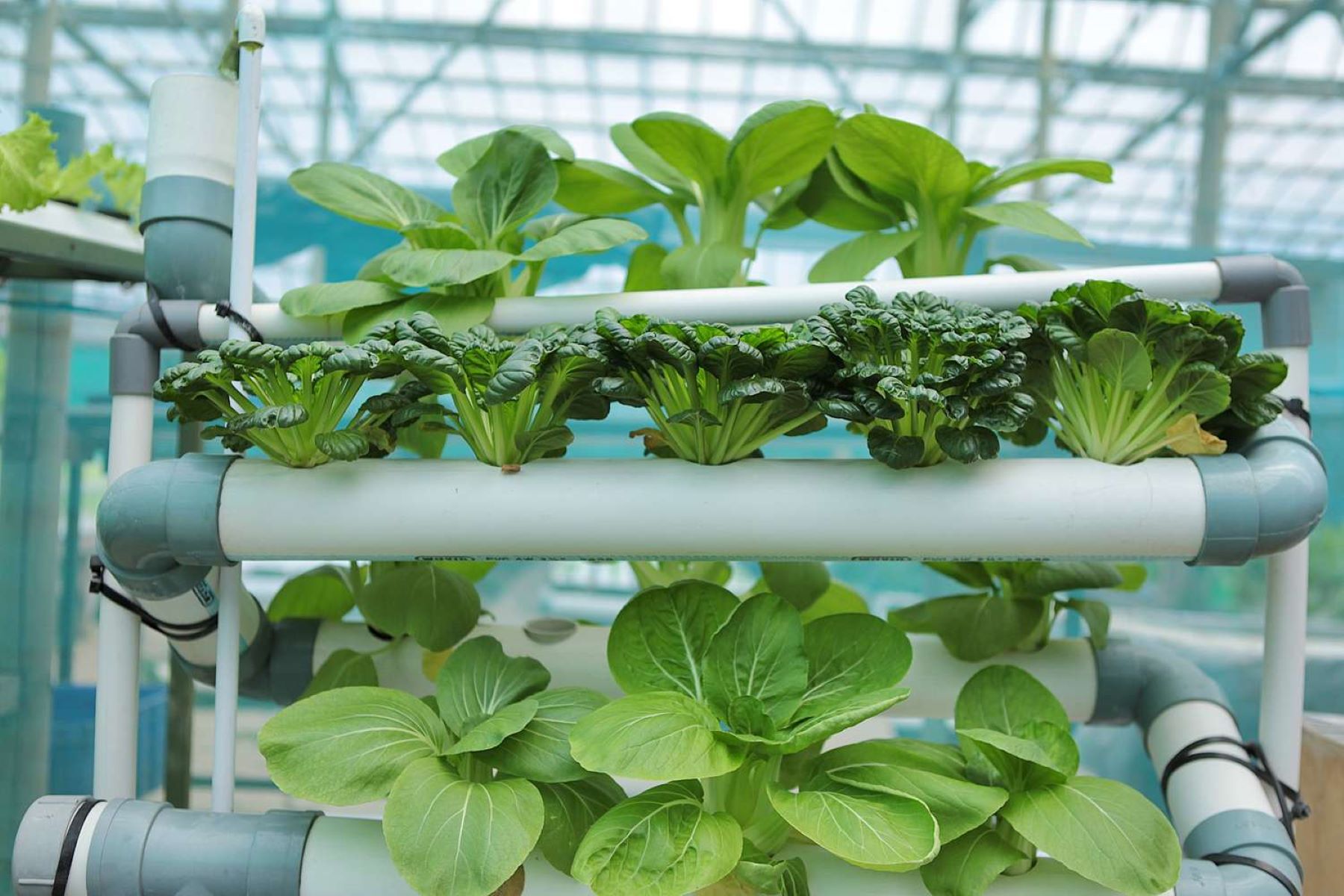
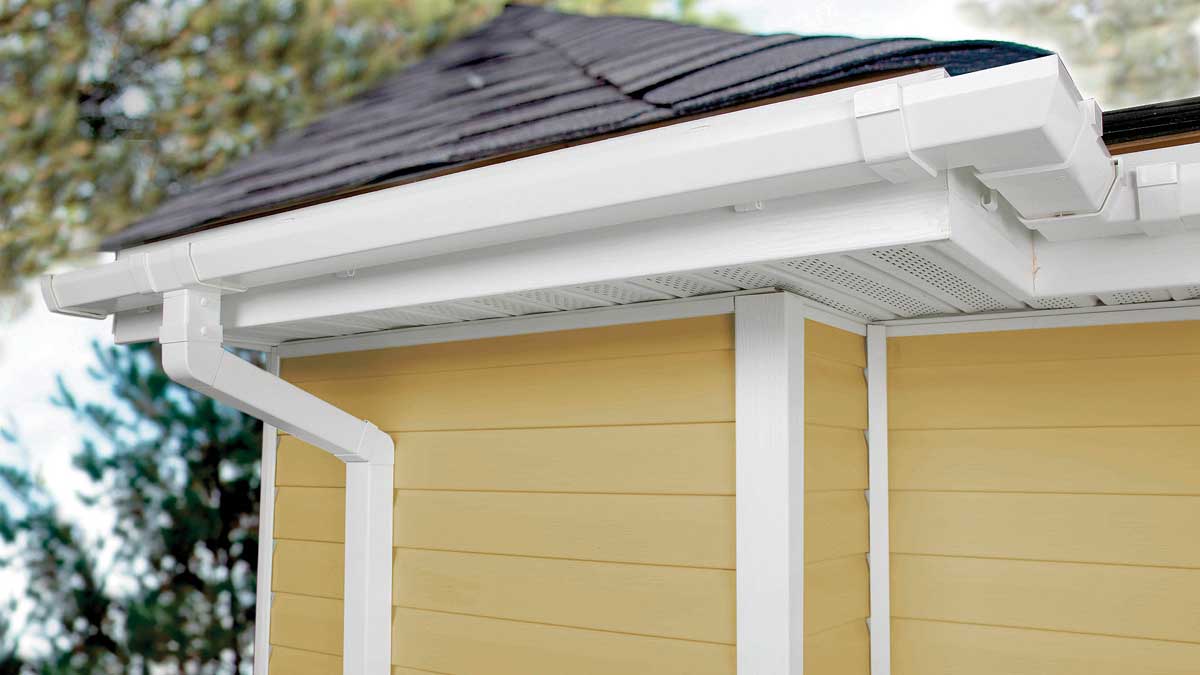
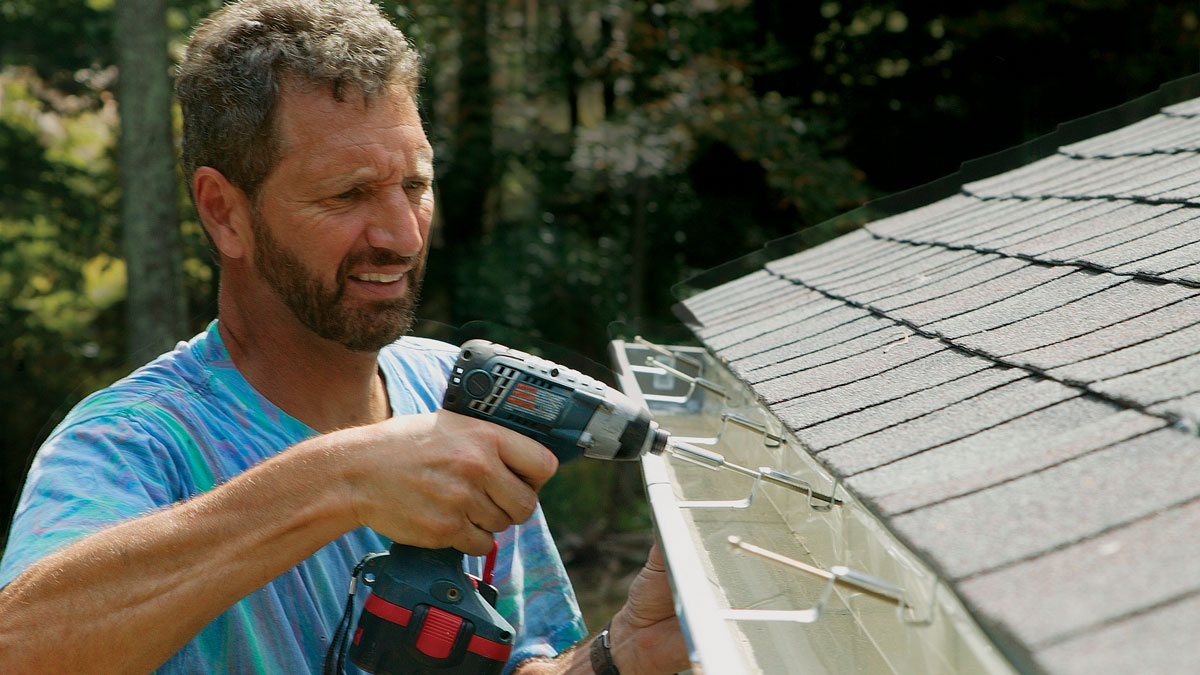

0 thoughts on “How To Install PVC Pipe Gutters”